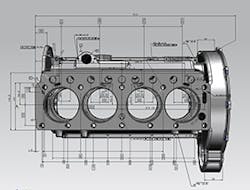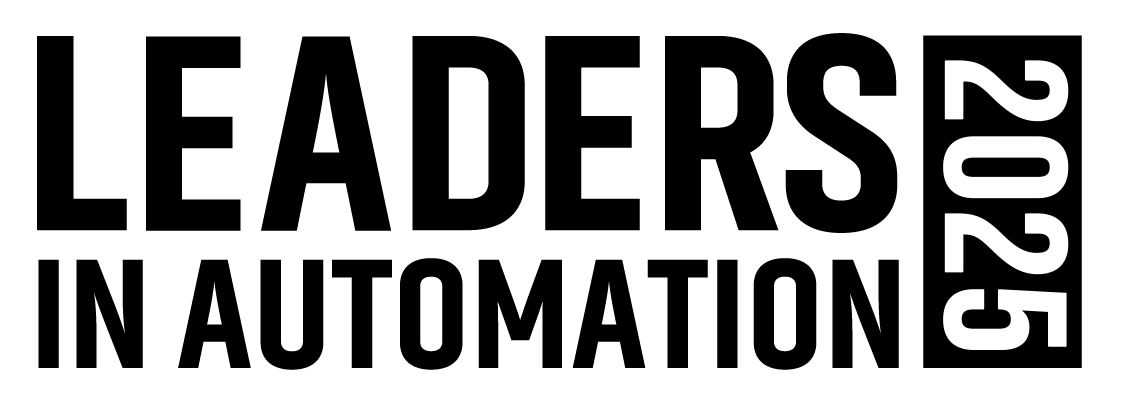Addressing the interoperability of plant floor automation devices has been at the top of most manufacturers’ wish lists for some time now. And while adoption of standards from organizations such as OPC Foundation and FDT Group have dramatically increased the ease of connecting one supplier’s controllers with another supplier’s actuator or sensor, software applications often require a different set of integration tasks to achieve a high degree of interoperability. This can often involve lengthy—and costly—system integration efforts to map files and data between applications so they can interact in a seamless fashion.
In the product lifecycle management (PLM) software space, which commonly involves file sharing between different design software packages—especially across the supply chain—this level of integration has often required custom integration projects to ease file sharing between different systems. To simplify that process, Autodesk Inc. and Siemens PLM recently announced an interoperability agreement to streamline data sharing, reduce costs associated with application incompatibility, and avoid potential data integrity problems in organizations with multi-CAD environments.
Under the terms of the agreement, both companies will share toolkit technology and exchange end-user software applications to build and market interoperable products.
“Incompatibility among various CAD systems has been an ongoing issue that adversely affects manufacturers worldwide and can add to the cost of products from cars and airplanes to smart phones and golf clubs,” said Stefan Jockusch, vice president, strategy, Siemens PLM Software. “This partnership is another positive and important step in our drive to promote openness and interoperability and to help reduce costs for the global manufacturing industry by facilitating collaboration throughout their extended enterprises.”
“Interoperability is a major challenge for customers across the manufacturing industry,” said Lisa Campbell, vice president of manufacturing strategy and marketing at Autodesk. “We understand that our customers use a mix of products in their workflow and providing them with the flexibility they need to get their jobs done is our top priority.”


